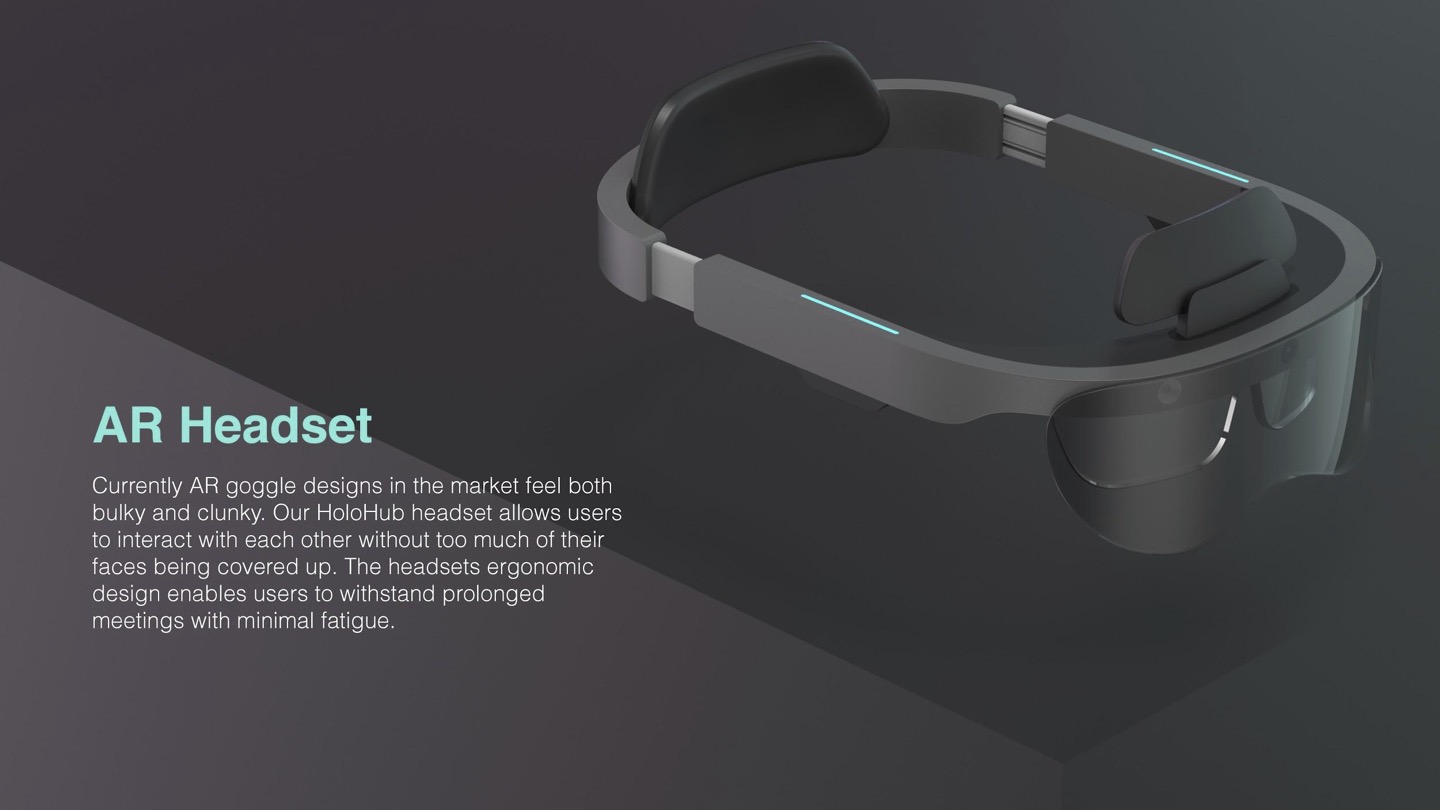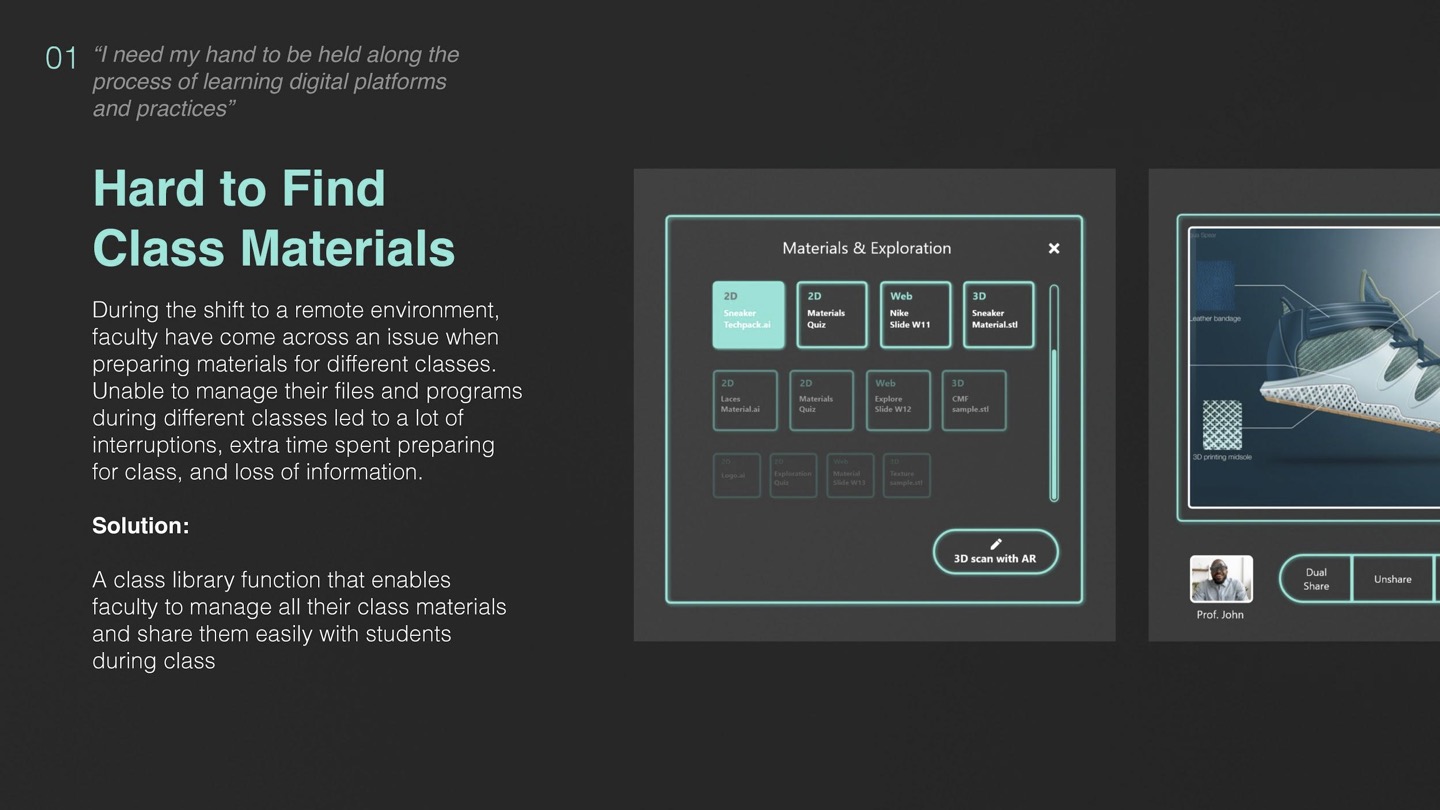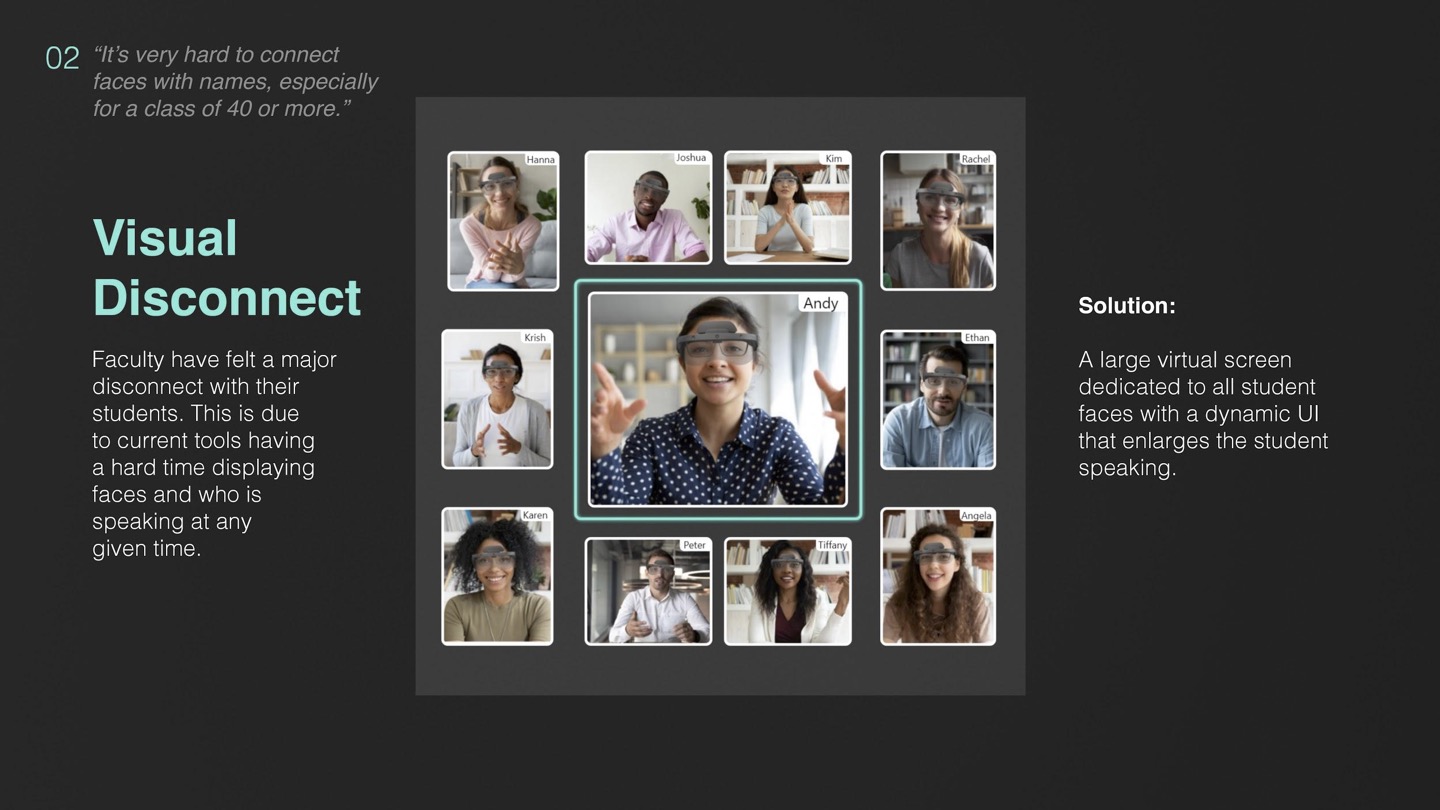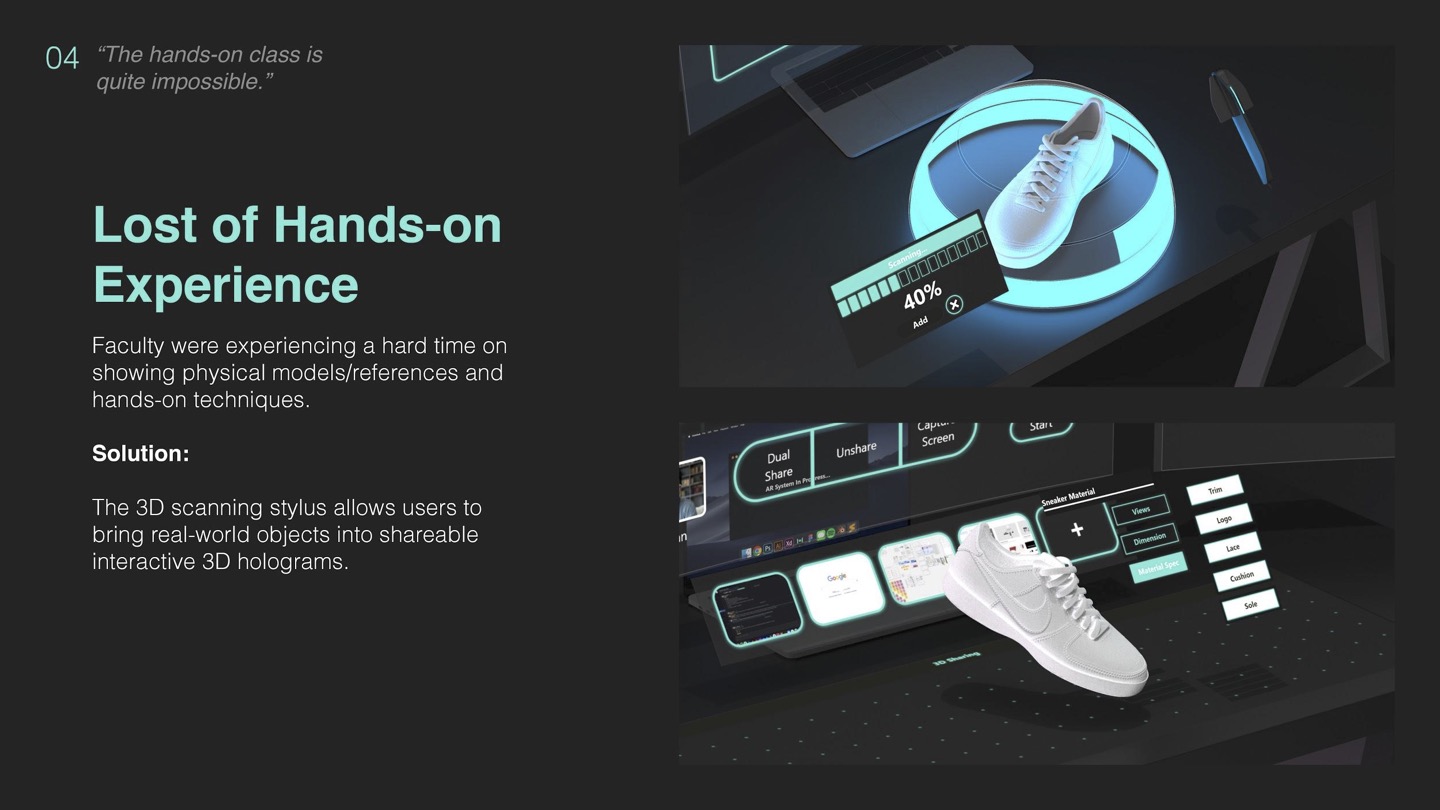Project



Introduction:
In response to the challenges faced by art and design institutions during the COVID-19 pandemic, HoloHub was conceptualized as a solution to transition faculty to a fully remote curriculum while maintaining an engaging and dynamic learning experience. This case study delves into the thought process, challenges encountered, and solutions implemented in developing HoloHub, providing a comprehensive view of its innovative approach to art education.

Understanding Faculty Insights:
Extensive consultations with faculty revealed challenges such as excessive preparation time, lack of student participation, and difficulty in maintaining one-on-one interactions in remote settings.
Exploring AR Technology:
Recognizing the potential of augmented reality (AR) to provide hands-on, engaging learning experiences, the team sought to integrate AR into the curriculum while aligning with ArtCenter's ethos.
Defining Requirements:
Faculty requirements, including the need for simplicity, unique solutions tailored to ArtCenter, and assessment of existing technologies, were carefully considered to inform the development process.



Challenges Faced:
Technical Integration:
Integrating AR technology into the curriculum while ensuring accessibility and ease of use for both faculty and students posed technical challenges.
Maintaining Rigor and Equity:
Balancing the incorporation of innovative technology with the need to maintain the rigor, accessibility, and equity of ArtCenter's educational standards presented a significant challenge.
User Engagement:
Encouraging faculty buy-in and emotional attachment to the solution, as well as fostering student engagement and participation, required thoughtful design and implementation strategies.
Solutions Implemented:
Comprehensive Research:
Thorough research into existing AR technologies and educational practices informed the development of a unique solution tailored to ArtCenter's specific needs and ethos.
User-Centered Design:
Prioritizing simplicity and ease of use, HoloHub was designed to streamline faculty preparation time and facilitate one-on-one interactions between faculty and students.
AR Integration:
Implementing AR technology to create immersive, hands-on learning experiences that enhance student engagement and comprehension of complex art and design concepts.
Feedback Mechanisms:
Incorporating feedback loops to gather input from faculty and students, ensuring continuous improvement and alignment with educational goals and standards.





Outcome and Conclusion:
HoloHub has emerged as a groundbreaking solution that revolutionizes remote art education by leveraging AR technology to create immersive and engaging learning experiences. By addressing the challenges faced by faculty and students alike, HoloHub facilitated a dynamic and interactive learning environment while maintaining the rigor and ethos of ArtCenter. This case study demonstrates our ability to develop innovative solutions that address complex educational challenges, leveraging technology to enhance learning experiences and foster engagement and collaboration in remote settings.